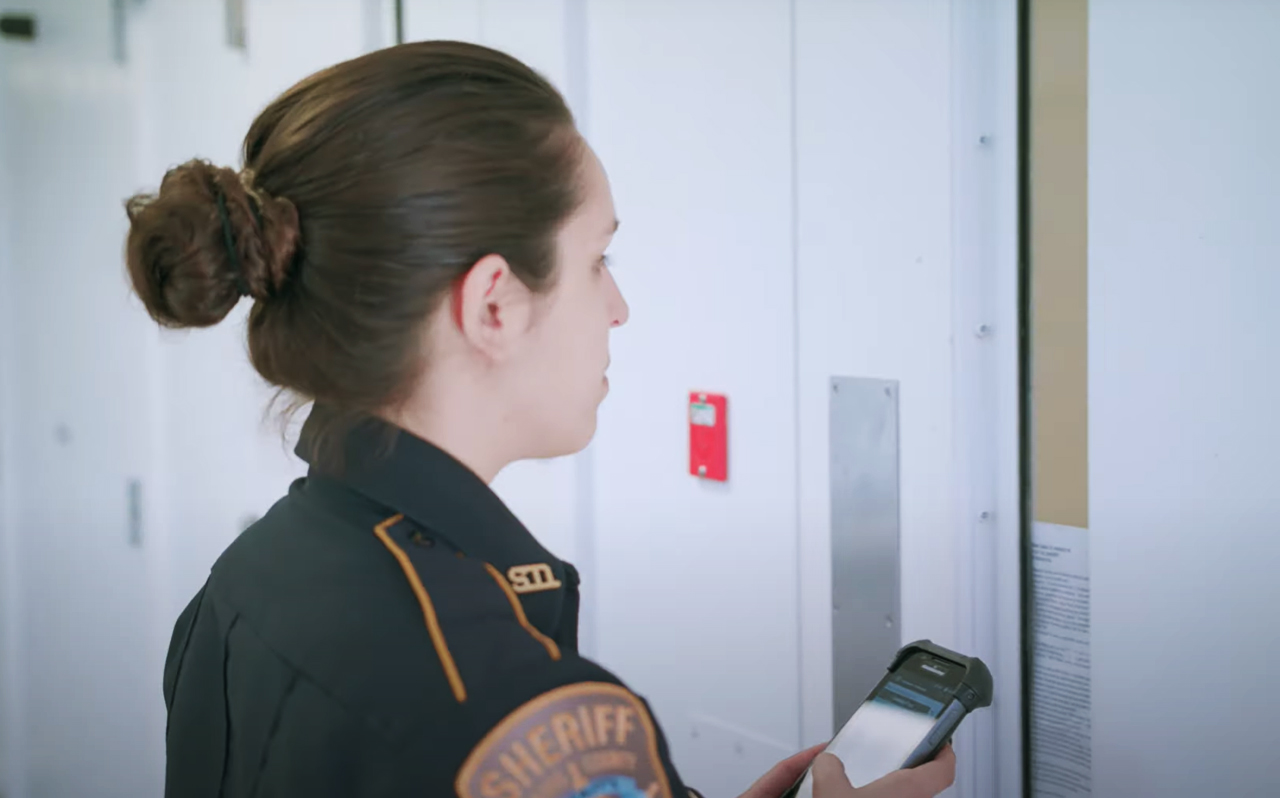Does GUARDIAN RFID or Our Jail Management System Manage Inmate Cell Assignments?
Most jails in the United States use their jail management system (JMS) to assign inmates to specific housing units and cells. This practice enhances security by providing staff with a clear and predictable understanding of inmate placements. A common question from correctional officers is: Does GUARDIAN RFID or our JMS manage cell assignments? Can either system manage this responsibility?
The short answer is that your JMS should always serve as the definitive source for inmates’ permanent housing assignments. This blog delves into why your jail management system should be the source of truth for your facility’s permanent housing assignments and more.
What is a Permanent Housing Assignment?
A permanent housing assignment, also known as a cell assignment or “permanent location,” refers to an inmate’s designated living space. Regardless of whether they go to the infirmary, recreation, or programs like Life Skills, inmates always return to their assigned housing unit, where they sleep and store their limited personal belongings.
This should not be confused with a temporary housing assignment, or “temporary location,” which is a place an inmate occupies for a limited time. This includes going to medical appointments, religious services, or kitchen work shifts. While they may spend only minutes or hours in these temporary locations, they will always return to their permanent housing unit.

Why Should the JMS Govern All Permanent Housing Assignments?
An inmate’s permanent housing assignment often changes frequently and without notice, primarily for security reasons. Given the importance of these assignments and their frequent updates, staff must manage all cell assignments using a single system rather than multiple ones—similar to having two employees overseeing one department. When accountability is shared among several people, it can lead to confusion and a lack of clear responsibility.
To minimize miscommunication, your jail management system (JMS) should be the primary tool for managing every inmate’s permanent housing assignment. A clear policy must dictate that only the JMS can alter an inmate’s permanent housing assignment, ensuring consistency and accuracy. Third-party software integrated with the JMS should not be able to change these assignments, as allowing multiple systems to make changes increases the risk of errors and conflicts. This can lead to situations where an inmate is placed in an unexpected housing unit or, worse, paired with someone they should not be housed with.
Beyond the potential for human error, using multiple systems raises questions about which assignment should take precedence in the event of a data conflict. Correctional officers already face numerous challenges and do not have the time to navigate these complexities; therefore, it is best to rely solely on the JMS to avoid such conflicts altogether.
Additionally, the JMS should maintain other permanent responsibilities to prevent data conflicts, such as tracking inmate charges, property, and scheduled court appearances. Meanwhile, third-party software should concentrate on its specific functions—like electronic medical systems focusing on inmate care, video visitation managing approved visitor lists, and commissary software handling accounting. GUARDIAN RFID should always be tasked with logging temporary inmate movements, ensuring that each system operates within its core strengths for greater efficiency and clarity.
What if Our Jail Doesn’t Assign Inmates to a Cell?
Larger jails on occasion do not assign inmates to a cell. They only assign inmates to a pod or housing unit. If this is your practice, stop. This approach is akin to playing Russian Roulette. How can you possibly hope to hold inmates accountable for damage to cells if you can’t backtrace which cell they’re (or have been) assigned to. And from a GUARDIAN RFID vantage point, we need to know which cell they’re assigned to you if you’re logging inmate-specific observations, especially on high-risk offenders.
“Simplicity is the soul of efficiency,” said Austin Freeman. Bottom line: there are many tasks where correctional officers just need a simple, clear directive to avoid human and digital miscommunication. Make sure that your JMS is used to manage permanent housing assignments, and allow your third party software to use this data to create new value for your team.
If your facility is needing policy and procedure documentation around permanent and temporary housing assignments, contact Warriors@guardianrfid.com. Our Warrior Community has many resources available to help improve your care, custody, and control mission-set.
